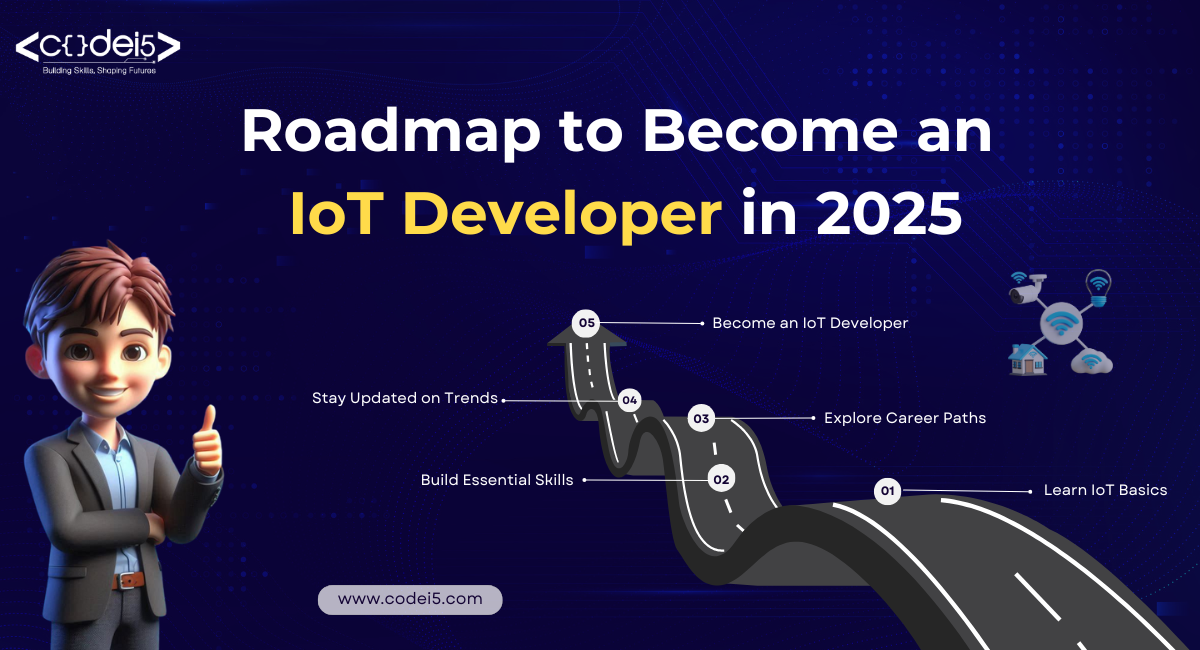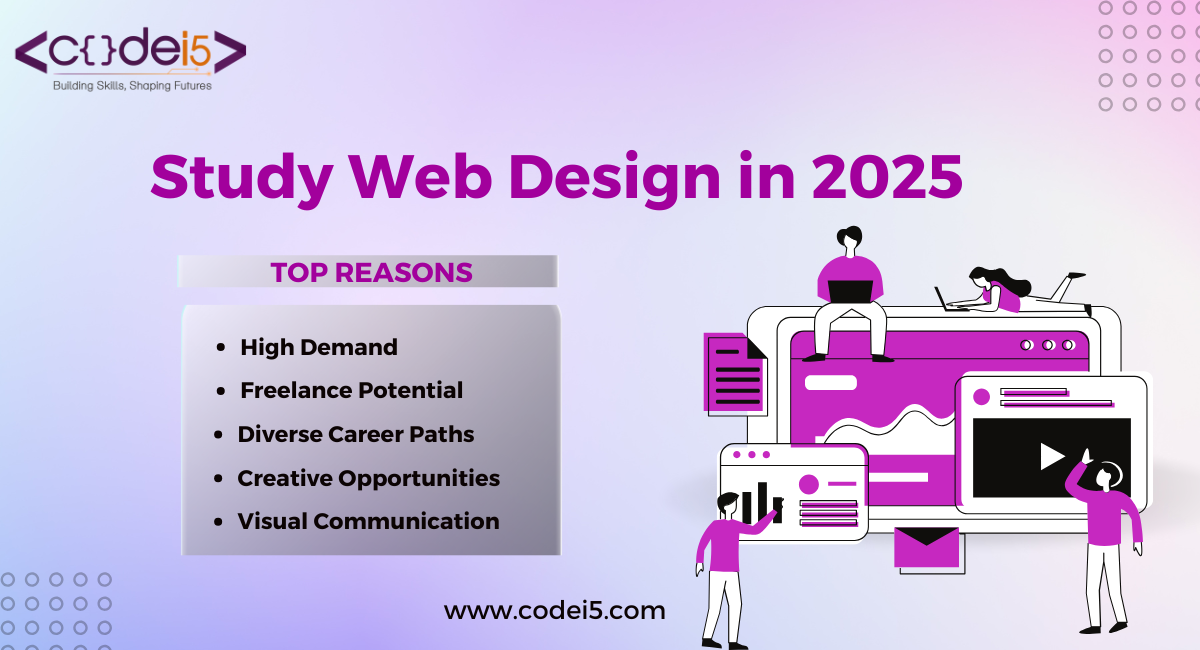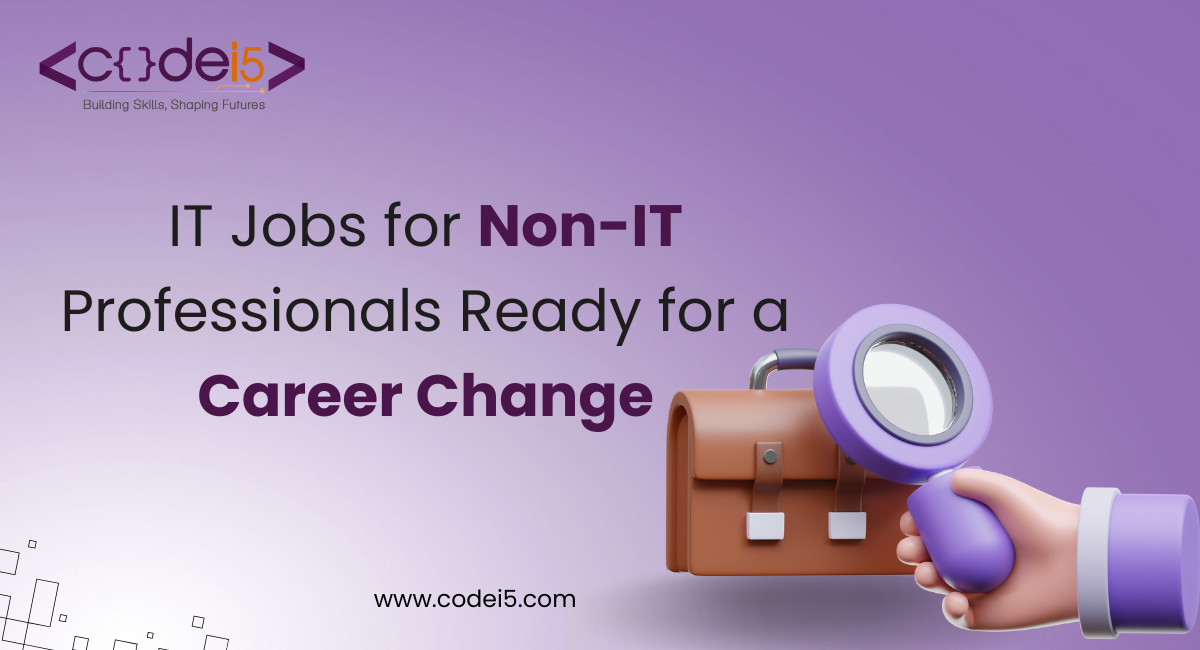
The Internet of Things (IoT) has quickly grown into a powerful technology that links devices and systems across many fields. As we head toward 2025, IoT is set to expand even further, bringing exciting new changes and opportunities.
This roadmap is here to help you start a rewarding career in IoT development. With a clear and structured guide, it aims to give you the core knowledge, skills, and resources you need to succeed in the fast-moving world of IoT.
Why Choose a Career in IoT?
The IoT industry is growing rapidly, driven by new technology, better connectivity, and a wide range of applications—from smart homes to healthcare. This growth means there is a rising need for skilled IoT developers to create and manage smart solutions.
What This Roadmap Offers You
By following this roadmap, you’ll be able to:
- Understand the basics of IoT and the main technologies behind it.
- Build essential skills in IoT programming, development, and data handling.
- Learn about various career paths within the IoT industry.
- Gain the knowledge needed to create successful IoT projects.
- Keep up-to-date with the latest IoT trends and best practices.
This guide will take you step-by-step toward becoming a confident and capable IoT developer.
Understanding the Basics of IoT
What is IoT?
The Internet of Things (IoT) is a network of connected physical devices—like vehicles, home gadgets, and appliances—that have sensors, software, and internet connections. These devices can collect and share data with each other, allowing for automation, remote monitoring, and control.
Core Parts of an IoT System:
- Devices: Physical objects with sensors and connectivity modules.
- Sensors: Devices that measure things like temperature, humidity, and motion.
- Connectivity: Networks (like Wi-Fi, Bluetooth, and cellular) that allow devices to communicate with each other and with the internet.
- Data: Information collected by sensors and shared through the network.
- Cloud or Edge Computing: Platforms that store, analyze, and process IoT data.
Real-World Examples of IoT
IoT is used across various fields:
- Smart Homes: Devices control lights, temperature, security, and appliances.
- Wearables: Smartwatches and fitness trackers monitor health and track activities.
- Industrial IoT (IIoT): Sensors track equipment performance, optimize production, and improve efficiency in factories.
- Smart Cities: IoT helps manage traffic, reduce waste, and conserve energy.
- Agriculture: Sensors measure soil moisture and temperature to improve farming.
Role of an IoT Developer and Career Paths
What IoT Developers Do: IoT developers design, build, and maintain IoT systems. They:
- Create software and applications for IoT devices.
- Connect sensors and hardware components.
- Plan and build IoT architecture.
- Make sure data is secure and private.
- Analyze data collected from IoT devices.
Career Paths in IoT:
- IoT Developer
- IoT Architect
- IoT Security Specialist
- IoT Data Analyst
- IoT Product Manager
- IoT Consultant
As IoT keeps expanding, the demand for skilled IoT professionals will keep growing too.
Essential Technologies and Tools for IoT Development
1. IoT Protocols
These are the rules that IoT devices follow to communicate with each other:
- MQTT (Message Queuing Telemetry Transport): A lightweight protocol perfect for low-power devices and small networks, making it highly efficient for IoT use.
- HTTP (Hypertext Transfer Protocol): Commonly used on the internet, HTTP works for web-based IoT applications, though it’s not as efficient as MQTT.
- CoAP (Constrained Application Protocol): Designed for devices with limited resources, CoAP works well for IoT applications with low power and memory.
2. Cloud Platforms
These platforms help store, process, and analyze data collected from IoT devices:
- AWS IoT: Amazon’s platform offers services for managing devices, processing data, and performing analytics.
- Azure IoT: Microsoft’s platform provides tools for handling devices and analyzing data.
- Google Cloud IoT: Google’s platform supports secure, scalable solutions for device management and data handling.
3. Programming Languages
Choosing the right language depends on your IoT project needs:
- C and C++: Used in embedded systems for efficiency and control over hardware.
- Python: A popular choice for fast prototyping and data analysis.
- Java: A flexible language used for both server-side and embedded IoT applications.
4. Development Boards and Microcontrollers
These boards provide a base for building and testing IoT projects:
- Raspberry Pi: A single-board computer, great for creating various IoT projects.
- Arduino: A microcontroller widely used for building and testing IoT devices.
5. IoT Development Frameworks
These tools help speed up IoT development with ready-to-use components:
- Node-RED: A tool with a visual interface for quickly building IoT applications.
- Eclipse IoT: A collection of open-source tools and projects for IoT development.
Overview of Benefits
- IoT Protocols: Select a protocol based on your app’s needs, like data size, speed, and security.
- Cloud Platforms: Use cloud services for reliable, scalable IoT solutions.
- Programming Languages: Choose a language that suits your project; Python is great for prototyping, while C/C++ works well for performance-heavy tasks.
- Development Boards: These boards allow hands-on testing and development of IoT devices.
- IoT Frameworks: Frameworks make IoT development faster with pre-built components for common tasks.
IoT Development Process
Creating an IoT system involves several key steps, from planning and designing to deploying and securing it. Here’s a simplified breakdown:
1. Requirements Gathering and Analysis
- Define the Goals: Understand the main objectives and outcomes the IoT project should achieve.
- Identify Use Cases: Outline specific situations where IoT can add value.
- Set Requirements: Specify what the system needs to do, along with performance standards and limitations.
Challenges:
- Vague or unclear requirements can lead to confusion, so communicate openly with all stakeholders.
- Unrealistic expectations may arise, so set practical goals based on available resources.
Best Practices:
- Collaborate with experts to fully understand the needs.
- Use simple “user stories” to describe features from the end-user’s point of view.
- Document all requirements clearly for future reference.
2. Design and Prototyping
- System Architecture: Plan the components, how they interact, and how data flows within the system.
- Choose Hardware and Software: Select appropriate devices, sensors, and programming languages.
- Build a Prototype: Create a model to test the functionality and feasibility of the design.
Challenges:
- Ensuring compatibility between different components.
- Managing costs while achieving desired functionality.
Best Practices:
- Continuously refine the design based on testing feedback.
- Use prototyping tools like Arduino or Raspberry Pi to speed up development.
- Get feedback from users and experts to make improvements.
3. Hardware and Software Development
- Develop Hardware: Design or purchase the necessary devices and sensors.
- Write Software: Code the device firmware, cloud-based services, and user interfaces.
- Integrate Components: Connect hardware and software into a single working system.
Challenges:
- Compatibility between hardware components.
- Managing the complexity of software for smooth IoT operation.
Best Practices:
- Follow coding standards to make the code easy to maintain.
- Test thoroughly to find and fix issues early.
- Build with future scaling in mind to handle growth or updates.
4. Testing and Debugging
- Identify and Fix Issues: Conduct thorough testing to catch and fix errors.
- Validate Performance: Check that the system meets requirements and performs efficiently.
- Optimize Efficiency: Fix any bottlenecks to improve overall system performance.
Challenges:
- Testing in real-world conditions can be complex.
- Debugging across hardware, software, and networks is often tricky.
Best Practices:
- Use automated testing tools to speed up the process.
- Test in real-world settings to identify potential issues.
- Implement CI/CD (Continuous Integration and Delivery) for smoother testing and deployment.
5. Deployment and Maintenance
- Deploy the System: Install and configure devices, software, and networks.
- Monitor System Performance: Track system metrics to quickly spot issues.
- Provide Ongoing Maintenance: Update software, fix security problems, and assist users as needed.
Challenges:
- Ensuring the system can handle more data and users over time.
- Protecting against cybersecurity threats.
Best Practices:
- Have a maintenance plan for regular updates and support.
- Monitor security risks and apply updates as needed.
- Provide training and support for users to enhance their experience.
IoT Security
Importance of Security: IoT devices are often targeted by cyberattacks, leading to data breaches and disruptions.
Potential Risks:
- Unauthorized access allows hackers to take control of devices.
- Data breaches can expose sensitive information.
- DoS (Denial of Service) attacks can disrupt IoT systems.
Common Vulnerabilities:
- Weak passwords make devices easy to access.
- Unsecure communication protocols can expose data.
- Lack of software updates leaves known security gaps.
Best Practices:
- Use strong, unique passwords for all devices.
- Enable encryption to secure data transmission.
- Keep software up-to-date with regular patches.
- Set access controls to limit who can access devices.
- Monitor activity to catch any suspicious behavior early.
Security Standards and Frameworks:
- NIST Cybersecurity Framework: Guidelines to help manage cybersecurity risks.
- ISO/IEC 27001: A standard for managing information security.
- IEC 62443: A standard designed for industrial systems, including IoT.
Following these practices and standards can help protect your IoT system and the data it handles, reducing the risk of security breaches.
IoT Data Analytics
Data analytics is important for IoT because IoT devices collect a lot of data that can give us valuable insights into how things work, user habits, and system performance. By analyzing this data, businesses can make smarter decisions.
The Role of Data Analytics in IoT Applications
Data analytics helps turn raw data from IoT devices into useful information. Here are some key uses:
- Predictive Maintenance: Analyzing sensor data to predict when equipment might fail, helping to avoid downtime.
- Optimization: Finding and fixing inefficiencies to improve performance.
- Anomaly Detection: Spotting unusual patterns or behavior that might indicate a problem.
- Customer Insights: Learning about customer preferences to improve products and services.
Data Collection, Storage, Processing, and Visualization
The data from IoT goes through several steps to become useful insights:
- Data Collection: IoT devices gather data from sensors and other sources.
- Data Storage: Data is saved in databases or cloud storage.
- Data Processing: This includes cleaning, transforming, and analyzing the data to make sense of it.
- Data Visualization: Presenting the data with charts or graphs to make it easy to understand.
Data Analytics Tools and Platforms
Several tools can help with IoT data analytics:
- Apache Hadoop: A system for processing large amounts of data.
- TensorFlow: An open-source tool for machine learning.
- Spark: A fast system for general data processing.
- Python: A programming language with many libraries for data analysis.
- NoSQL Databases: Special databases like MongoDB for handling different types of data.
IoT Career Paths and Opportunities
The IoT field offers many career options for people with various skills, such as:
- IoT Developer: Creates IoT applications and software.
- IoT Architect: Designs IoT systems and solutions.
- IoT Security Specialist: Protects IoT devices and data from threats.
- IoT Data Analyst: Looks at IoT data to find insights and help with decisions.
- IoT Product Manager: Manages the development of IoT products.
Skills and Qualifications
To succeed in an IoT career, you usually need:
- Programming skills (like C, C++, Python, or Java)
- Knowledge of IoT technologies
- Understanding of cloud services and data analysis
- Good problem-solving skills
- Ability to work well with others
- Interest in technology and innovation
Conclusion
The IoT field is growing quickly and offers many opportunities. By learning the right skills, you can start a rewarding career in IoT development. Keeping up with new technologies and trends is important to stay competitive.
If you want to begin your journey in IoT, Codei5 Academy offers a great IoT course that teaches the necessary skills and prepares you for exciting job opportunities in the IoT world.







